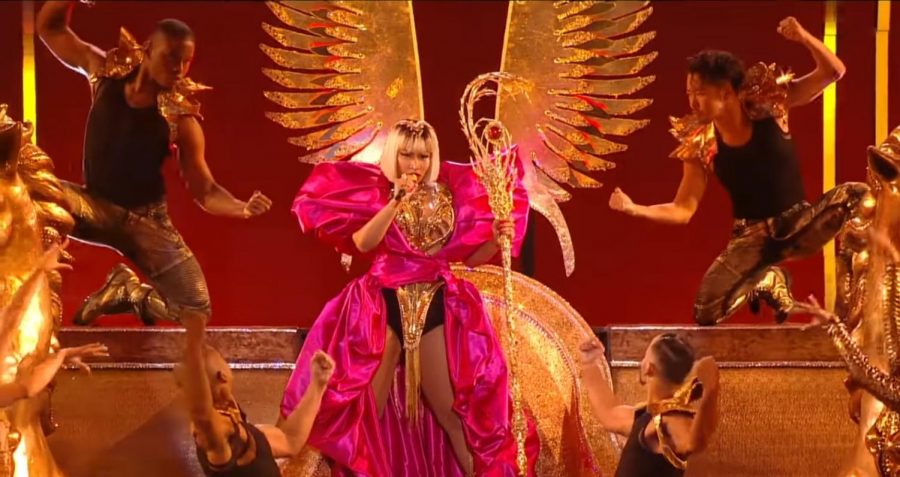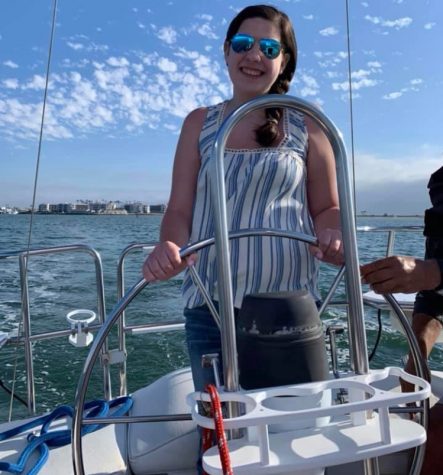Revisiting the rise and fall of MTV
Performing during the annual MTV Video Music Awards, Nicki Minaj takes to the stage in an effort to create a memorable performance for her fans. Since 1984, MTV has hosted the event annually and viewers have seen many wild performances.
February 21, 2019
What types of programming come to mind when you think about MTV? For most Wildcats, it probably brings up an image of trashy reality TV series, such as Jersey Shore or Teen Mom. However, if you asked some of your parents, coaches, advisors or teachers, a different image would certainly come to their minds. MTV, created in 1981, originally stood for Music Television and played music videos nearly 24/7. Sophomore Jessica Lancaster said, “From what I understand about what my parents have told me, the MTV we know today is completely different from the MTV they grew up watching.”
Launched on August 1, 1981, with the classic video for Video Killed the Radio Star by the Buggles, MTV was the first network of its kind playing a variety of music videos by popular artists of the time. Early on, however, the network had a significant issue with not airing many videos by artists of color. In the following years, the color barrier had been officially broken after playing videos by artists such as Prince and Michael Jackson, including the iconic fourteen-minute video for Thriller. The demographics began to slightly transition in the late 80s and early 90s in order to accommodate the rising trends of heavy metal, alternative rock, and hip-hop.
MTV began shaping into the network we know today around 1992 when the network debuted its very first reality TV show entitled The Real World. The popularity of the series led the network to begin creating more original series such as Beavis and Butt-head and The Jon Stewart Show, thus reducing the hours of music videos played on the network significantly. In the following years, reality and other scripted television on the network continued to increase, while the number of music videos on the channel decreased more and more each year.
In the early-mid 2000s the network continued to gain more reality programming such as The Hills, Punk’d and The Osbournes. Between 2000 and 2008 the number of music videos aired on the channel each day went from 8 hours in 2000 to only 3 hours in 2008. During this time, however, MTV did try to connect themselves back to their roots with shows such as TRL and MTV Unplugged that focused on music. In 2010, with the debut of the hit reality series Jersey Shore, the network saw their highest ratings ever and seemed to ditch music once and for all. They instead chose to focus on developing more unscripted series, animation, and comedy/drama series.
Over the years, MTV has made a few attempts to revive themselves back to their musical origins; however, most attempts have failed. MTV will always be remembered for being the first to break down barriers and air iconic music videos. The network will also be known for popular reality shows such as My Super Sweet 16 and Pimp my Crib. It is uncertain what the future holds for the network. We could see more reality and scripted content being produced, music being phased back in, or perhaps something completely different than anything we have seen before. The possibilities are limitless.












